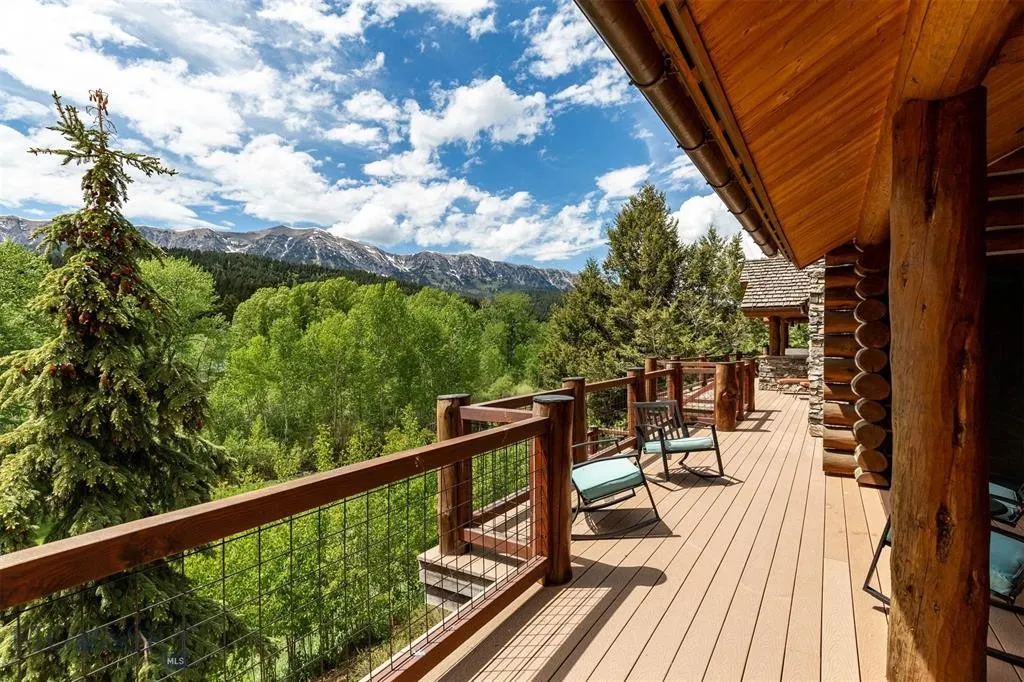My 26 year old son Lex has always loved bargaining. Trips to Mexico are not about the beaches but rather about haggling over pesos at a market stall. He equally enjoyed negotiating with Tibetan traders in the Nepali hill towns of Khumjung and Namche Bazaar, caring little for the trinket he bartered over but more for getting to the price he had set in his mind. To Lex, bargaining is a sporting event with a clear win or loss.
Today’s real estate buyers and sellers seem to be taking up this game and, in the process, are all-too-frequently pricing themselves out of the market, offering too little or asking too much. Rather than coming together over pricing, many of today’s buyers and sellers are becoming entrenched, refusing to negotiate a price that both parties can accept. Today’s market is neither a buyer’s nor a seller’s market, and yet both sides feel they have the advantage. Increasingly, in transactions, both sides think the market is going to trend in their favor and they are therefore holding firm to their preconceived pricing. Lines are drawn in the sand.
In September 2013, Platinum Properties wrote an article, “Let’s Make a Deal.” It is still apropos to today’s climate, however, we are noting a slight twist in how Buyers and Sellers are wrangling about pricing as the playing field has been leveled with neither side having a clear advantage. This is causing more situations in which one—if not both—sides refuse to budge. The buy-sell offer is countered, and then the deal blows up—often times over relatively small (5% +/-) amounts when weighed against the total sum. Once a deal reaches this stage, it is rare for negotiations to recommence. Both sides walk away, disappointed, but convinced they are right in sticking to their guns even if it means having the transaction vaporize.
The Bozeman real estate market is averaging—for high-end homes—92% closing price to asking price. This is an average. There are an increasing number of homes closing for full asking price. It’s been said that something is only worth what someone else is willing to pay. In a small niche market like Bozeman, inventory for luxury homes with desirable attributes and amenities is scarce. The buyer pool is also very limited. Balancing the two, to arrive at an accepted and fair price, is an art that begins with market analysis and hard data. A savvy real estate agent will begin by working through replacement cost, and then pull the information of what has actually sold. Closed transactions are what set the existing market.
In determining the value and true market price of a property, key areas need to be researched and analyzed: What is the land worth in today’s market? Is there comparable land existing? Bozeman has limited land available, so this question is very pertinent. What would it actually cost to recreate the home, including architectural fees, engineering, landscaping, and construction? There’s also the cost of carrying the project for the 18 months to 2 years required to buy the land, design the home, and build it. Once that figure has been determined, how much—if any—should the existing home be discounted? Have building and material costs increased or decreased? High-end Bozeman buyers tend to think they should be able to discount replacement costs 20% or more due to the home’s age, the remodeling or renovation they plan on undertaking, and styling that is not a solid match with their own tastes. Up until recently, sellers grudgingly went along with this reasoning for price adjustments, but not so much any more. There’s more of a push back, with sellers responding, “Take it or leave it. I’m not dropping my price because they want different colored granite counter tops.”
Imagine going into a grocery store, stocking your cart, and then at the check-out lane holding up a bunch of baby beets and telling the cashier you want to pay $2.50 for them rather than the $2.75 they are priced at. “You have a lot of beets. They’re going to go bad in a couple of days,” you argue. “But,” the cashier replies, “these are all the baby beets we have for the season.” Sometimes there is no replacement, little discounting, and when the property is gone, it is truly gone. It’s sad when we witness a buyer loosing their dream home over small percentages in pricing differences.
Real estate operates on the premise that the “List Price” is simply an “Asking Price.” The seller’s agent makes a case for why the property is worth the list price. A qualified Realtor will have researched all the comparables of properties sold within the past year and know which properties are currently listed that could be considered comparable. The seller’s motivation is an integral part of the pricing equation. During the market downturn between 2006 and 2012, many seller’s faced financial difficulties due to mortgages, job lay-offs, stock market losses, and the need to sell their home in order to move elsewhere. Things snowballed. Buyers rightfully assumed Sellers were motivated and knew that many properties were closing for half of replacement cost.
The market rebound has been steady and gradual, with “screaming deals” being a thing of the past. Sellers who made it through the market collapse tend to be in a position of “wanting” to sell, but not “needing” to sell. They were able to wait out the market, and while they may wish to sell, they can afford to wait however long it takes for the right buyer. Also, their property is more than likely already competitively priced for today’s market and close to their bottom-line figure. They do not respond favorably to lowball offers. In fact, today’s sellers increasingly refuse to counter an offer they consider too low. This reality makes it even more imperative that a buyer’s agent educates their client about the market and guides them toward making an offer that will result in a dialog between the two parties rather than a hostile situation. If a seller is not motivated to sell due to financial needs, they usually are not willing to take a “hit.” If you don’t reach their “line in the sand” the deal will likely not happen. As the market continues to strengthen, Sellers are mentally moving that line in an upper ward trajectory, with their willingness to negotiate their asking price shrinking. Many sellers are considering taking their homes off the market for a few months and then re-listing at higher prices. At the very least, the emerging trend is for sellers to expect 92% or better on their list price.
There’s a lag in perception between the two sides of a deal. Buyers still think they are in control. They still believe they should be going under contract for 80% to 92% of the list price. Now, more than ever, Realtors are required to help negotiate a transaction by bringing the two sides together. The market is fluid, yet it is also tangible in terms of homes that have sold within the year and homes currently on the market. A value needs to be assessed to the land and landscaping improvements, then the home itself should be analyzed as to the cost per square foot. Once the replacement cost per square foot is determined, then the figure can be compared with sold and existing inventory. Few buyers will pay an inflated cost per square foot. Generally, a replacement cost is 10% to 20% of present market value due to age and the fact that the home was created for the original owner and their needs and tastes. The costly home theater may be completely irrelevant to the current buyer and a swimming pool may actually be a liability. How do you negotiate price for something that has a real cost associated to it, but no value to the one contemplating buying it?
The market is moving upward, but in small increments. Fewer sellers today are willing to heavily discounting replacement costs based on a Buyer’s plans for remodeling and the costs involved. They expect to recoup some of their costs for the now unwanted pool. They understand their view is irreplaceable and that fact outweighs the buyer not wanting the pool. Negotiations, give and take, pricing based on market facts, and thinking outside the box is critical if you wish to arrive at a win/win closed transaction.
As the market continues to improve, existing quality home inventories shrink, and land becomes increasingly difficult to locate, both sides in a real estate transaction need to listen to their Realtors. Deals in today’s market require back-and-forth dialogue to arrive at a buy-sell that suits both sides and meets both sides’ needs. When no side has a distinct advantage, negotiations require skill, commitment, and a doctrine of fairness balanced with market knowledge, to close the deal. In other words, chose your Realtor with care. You need their professional expertise and skills now more than ever. Platinum Properties is the market leader in Bozeman’s high-end properties and closed transactions because we are experts at navigating these tricky waters. There’s a reason to call us.






















